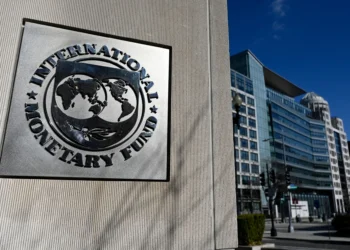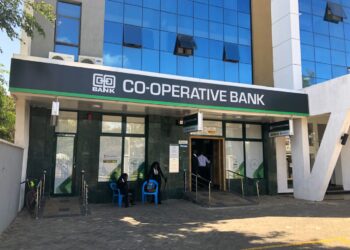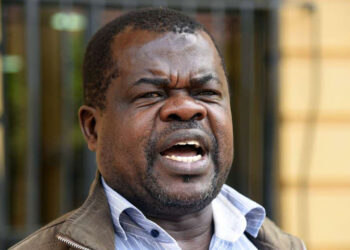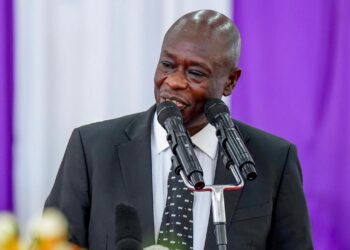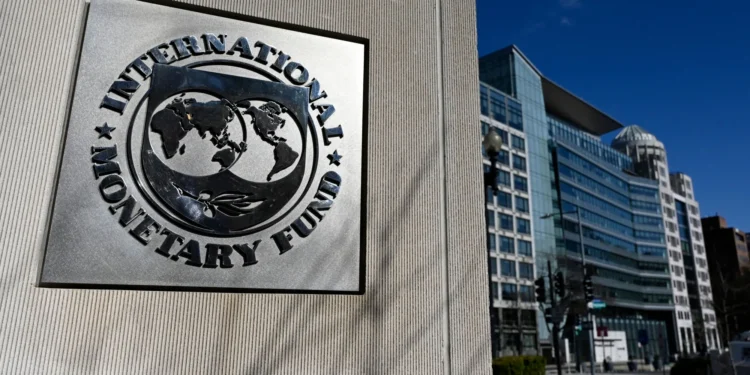IMF Kenyan shilling stability concerns have jolted Nairobi’s financial circles, with the global lender warning that the currency’s year-long peg at around Sh129 to the US dollar could spell trouble for East Africa’s largest economy.
In a fresh report released this week, the International Monetary Fund described the shilling’s unyielding stance as “unusual” against a backdrop of volatile global forex markets, suggesting it masks deeper vulnerabilities that threaten growth and debt sustainability.
As Kenya navigates bailout negotiations, these IMF Kenyan shilling stability concerns underscore a delicate balancing act between short-term calm and long-term peril.
The IMF’s October 2025 assessment, part of its ongoing Article IV consultation with Kenya, zeroed in on the Central Bank of Kenya’s (CBK) aggressive interventions to maintain the rate. Since late 2024, the shilling has barely budged, trading in a tight band of Sh128.50 to Sh129.50 per dollar despite wild swings in commodities like oil and a strengthening greenback elsewhere.
Officials at the Fund argue this artificial floor, propped up by forex reserves dipping below $7 billion, distorts trade balances and inflates import costs.
“Such prolonged stability in an emerging market like Kenya’s raises red flags,” the report stated, linking it to stalled export competitiveness and rising domestic inflation pressures now hovering at 5.2 percent.
Economists echoed the alarm, pointing to how the steady rate hampers agro-exports, a lifeline for over 70 per cent of Kenyan farmers.
Tea and horticulture shipments, which fetched premiums last year amid dollar weakness, now struggle as buyers in Europe and the Middle East baulk at perceived overvaluation.
“It’s like putting a dam on a river; it looks serene, but the pressure builds upstream,” quipped Dr Kevin Mireri, a forex analyst at Standard Investment Bank.
Data from the Kenya National Bureau of Statistics shows export earnings flatlined at Sh1.2 trillion in the first nine months of 2025, a stark contrast to pre-stability gains.
Meanwhile, fuel and machinery imports have surged 15 per cent, squeezing the current account deficit to 4.8 per cent of GDP.
Yet, the critique landed amid rocky talks for a $1 billion Extended Credit Facility tranche, delayed indefinitely as the Fund demands fiscal tweaks.
Sources close to the negotiations whisper that without exchange rate flexibility, Kenya risks credit rating downgrades from Moody’s and Fitch, already teetering at B2. This isn’t the first rodeo for the shilling.
A brutal 2023-24 depreciation to Sh160 levels triggered street protests and a landmark finance bill rollback, forcing CBK Governor Kamau Thugge to burn through reserves for stabilisation.
By mid-2025, those efforts bore fruit, earning plaudits for taming imported inflation that once hit 9 per cent. But the IMF’s Kenyan shilling stability concerns pivot on sustainability: with global rates still elevated and US elections looming, any policy pivot in Washington could unleash floods of capital flight.
The Fund’s models project a 10–15 percent depreciation needed for equilibrium, potentially reviving tourism dollars but spiking debt servicing costs on $80 billion in external obligations.
Broader ripples touch everyday Kenyans. Multinationals like Unilever and East African Breweries report thinner margins from costlier raw inputs, hinting at price hikes on staples like cooking oil and beer by year-end.
Small traders in Eastlands markets grumble over pricier Chinese gadgets, while savers eye dollar bonds yielding 7 per cent abroad.
On the flip side, proponents of the status quo hail it for shielding low-income households from forex shocks, crediting CBK’s forward guidance and diaspora inflows.



